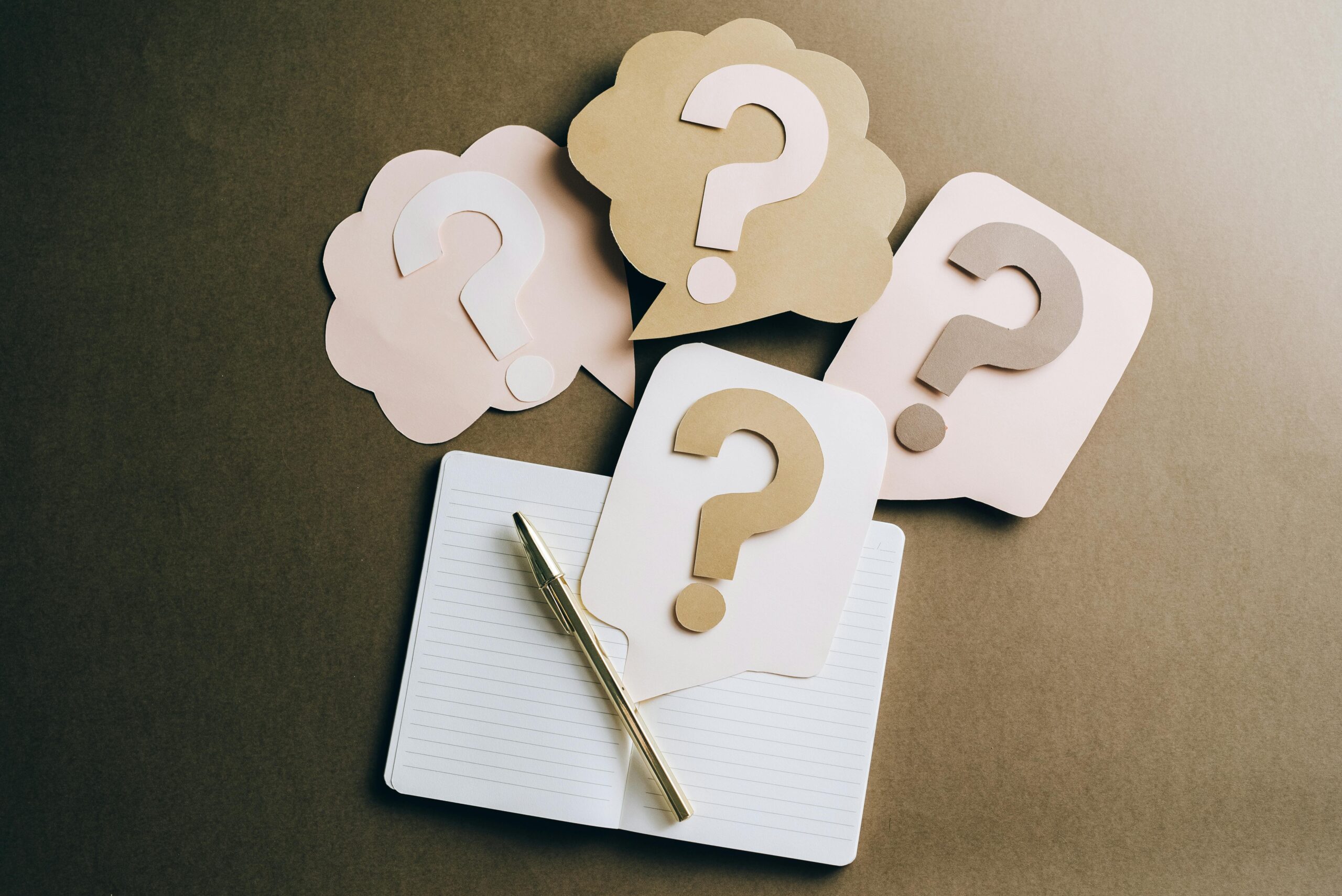April 07, 2025

Executive Function-Friendly Classroom Setup Tips
rebekah
September 03, 2024
Imagine a classroom where students are not just memorizing facts but truly engaging with their lessons, managing their time effectively, and collaborating seamlessly.
What if the key to this transformation lies in a set of skills that often fly under the radar? Those skills are executive function skills – and they’re more important than you might have realized.
The research overwhelmingly shows that executive function skills are key to success. In a large-scale study involving over 11,000 students, researchers discovered that young students with executive function problems were 10 times more likely to struggle academically as they got older.
That’s right – executive function (EF) skills are not just buzzwords for us as teachers. They’re crucial for student success.
Intrigued? Stick around, because we’re about to explore how you, as an educator, can enhance these skills through a thoughtfully designed classroom setup.
What is Executive Function?

Before we get into the nitty-gritty of classroom design, let’s break down what executive function actually is.
EF skills are the mental processes that enable us to plan, focus attention, remember instructions, and juggle multiple tasks successfully. If they sound important, it’s because they are.
Here’s a quick rundown of some of the key executive function skills your child needs to master:
- Working Memory: This is your brain’s sticky note. It helps students hold onto information long enough to use it. Think of it as the mental chalkboard where math problems are worked out step-by-step.
- Organization: Organizational skills are more than just keeping a tidy desk. It’s about being able to sort and categorize information effectively, which is crucial for learning and daily life.
- Time Management: Ever had a student who can’t seem to finish tasks on time? Poor time management might be the culprit. It involves planning and sticking to schedules.
- Metacognition: This fancy term means “thinking about thinking.” It’s the ability to self-reflect on one’s own thoughts and actions, crucial for personal growth and learning.
- Planning: Planning involves setting goals, identifying the steps needed to achieve them, and carrying out those steps in an orderly manner.
- Emotional Control: Ah, the joy of handling emotions! Emotional control is the ability to manage feelings in a way that they don’t interfere with achieving goals.
- Response Inhibition: This skill involves stopping oneself from performing an inappropriate action. Think of it as the mental “brakes” for impulsivity.
- Attention: Concentration, focus, and sustained mental effort fall under this category. It’s about sticking to a task without getting distracted.
- Initiative: Ever heard of the go-getter attitude? Initiative is the capacity to start tasks independently and generate ideas.
- Persistence: We all know life isn’t a bed of roses. Persistence helps students push through challenges and stay committed to their goals.
- Flexibility: Not in the gymnastic sense, but rather the mental ability to adapt to new situations or changes in plans.
How to Set Up Your Classroom to Support Executive Function

Now that you know the importance of executive function skills, here are some tips to set up your classroom in an EF-friendly way:
Rethink Traditional Desks
Gone are the days when rows of desks defined a classroom. Think outside the box—or more accurately, outside the desk. Consider incorporating yoga balls, lap desks, and standing desks into your setup.
- Yoga Balls: These can help students who need to wiggle while they work. The gentle bouncing can improve concentration and core strength.
- Lap Desks: Provide flexibility for students who prefer working on the floor. It gives them the freedom to choose a comfortable spot, which can improve focus.
- Standing Desks: A game-changer for those who find sitting all day unbearable. Standing desks can help reduce restlessness and improve posture.
Make Clocks and Timers Visible
Time management is a skill that many students struggle with. Having large, visible clocks and timers can help students keep track of time and manage it better.
Place several clocks at eye level so students can easily glance up and see the time, and also use digital timers for tasks and transitions. These provide a visual countdown that helps students pace themselves.
There are various apps that display countdowns on tablets or smartboards. This not only aids in completing tasks on time but also helps students develop a sense of urgency and pacing.
Provide Fidgets
Fidgeting is not always a sign of distraction; sometimes it’s a way to stay focused.
Providing fidget toys like stress balls, fidget spinners, or even silly putty can help students channel their restless energy into something productive. Stress balls, in particular, are great for squeezing during listening tasks, helping to maintain focus.
Fidget spinners, on the other hand, are ideal for short bursts of activity without causing too much distraction, while silly putty is quiet and moldable, helping to keep hands busy and minds clear.
Put Out Noise-Canceling Headphones
Sometimes, the classroom can be a noisy place. Noise-canceling headphones can be a lifesaver for students who need a quiet environment to concentrate. By blocking out background noise, these headphones can help students focus better on their tasks.
Display Rules, Routines, and Procedures
Visual reminders are essential for students, especially when it comes to following rules and routines. Display classroom rules, daily schedules, and specific procedures prominently.
Classroom rules should be posted at the front of the room where everyone can see them. Use visuals alongside text for younger students.
A visual schedule helps students know what to expect next, reducing anxiety, while posting specific procedures is also invaluable. You can break down complex tasks into steps and display them. This helps students follow instructions more easily.
Hang Up EF Posters
Posters can be more than just decoration (though there’s nothing wrong with a few of those, either). Create posters that define executive functions and provide examples and solutions for specific skills. You could also set up a strategy wall with tips on how to deal with EF challenges.
Dim the Lights
Harsh overhead fluorescent lights can be distracting and even uncomfortable for anyone, but especially kids with EF needs. Consider using curtains to control natural light and add lamps to create a softer, more inviting atmosphere.
Have a Phone Bucket
We all know how distracting phones can be. Implement a phone bucket system where students drop their phones at the door. This not only reduces distractions but also encourages students to engage more with their surroundings and peers.
Limit Clutter
A clutter-free environment can lead to a clutter-free mind. Keep your classroom organized and tidy to help students focus better. You can use storage bins to store materials neatly, while shelves and labels can help students easily find and put away supplies.
Keep it Cool
Temperature can significantly affect concentration and productivity. Try to monitor and control the temperature in the room as best as you can. Keep it cool, but not too cold. A comfortable temperature can help students stay focused and alert.
Keep Extra Supplies on Hand
Running out of supplies can disrupt the flow of a lesson. Keep extra supplies like pencils, paper, and erasers on hand so students can quickly grab what they need without causing a commotion.
Have Spaces for Movement Breaks
Sitting still for long periods can be challenging, especially for younger students. Designate spaces in your classroom for movement breaks. For example, you can set up a stretching corner, with mats for stretching or yoga, or add a mini-trampoline that can help students release energy.
And if you don’t want to go all out, that’s fine too! Simply having an area where students can move around can be beneficial.
Key Takeaways

Enhancing executive function skills in the classroom is not just beneficial but essential for student success. By rethinking traditional setups and incorporating thoughtful elements, you can create an environment that supports these crucial skills.
Remember, small changes can make a big difference.
Ready to take the next step? Explore the resources available at Stanfield Company for curriculum and tools designed to support students with EF needs and other unique learning requirements. Let’s make every classroom a place where students can thrive.


